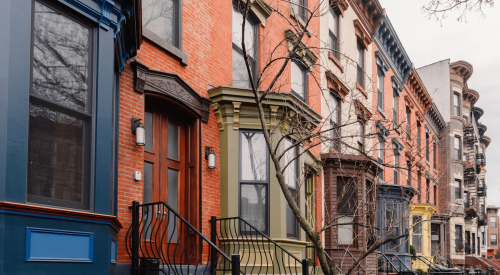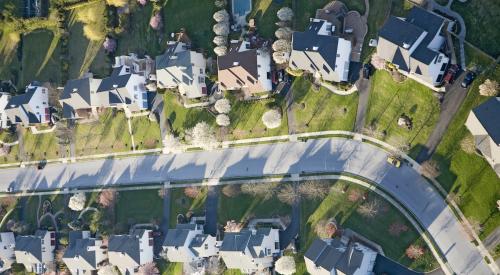What happens to the housing market next? Whether builders shelter at home or continue on the job site at a slower pace, it is hard to escape that question. According to ATTOM Data Solutions research, the coronavirus’ impact will be widespread, but it will not be equal: The Northeast’s housing markets are most at risk, while the West and Midwest will most likely sustain less damage. ATTOM Data Solutions analyzed 483 U.S. counties with populations of at least 10,000 and at least 100 home sales in the first quarter of 2020, and Curbed took the data and created an interactive map. See which counties are most vulnerable based on the number of foreclosures, properties at risk of foreclosure, and the percentage of wages needed to cover homeowner costs.
The spread of COVID-19 has decimated entire sectors of the American economy, bringing industries like airlines to a halt and rendering almost 10 million Americans unemployed. The housing market is at risk from a number of different angles too, but it’ll be months before we know where and to what extent housing suffers.
In an attempt to see what markets might be most vulnerable to the economic fallout of the novel coronavirus, ATTOM Data Solutions, a real estate data provider, analyzed 483 counties in the United States—those with a population of at least 100,000 and at least 100 home sales in the first fiscal quarter of 2020—and ranked them according to how at risk they are.
ATTOM concludes that much of the East Coast—New Jersey and Florida particularly—has the most counties with housing markets vulnerable to the novel coronavirus, while the West Coast and Midwest have a better chance of a limited impact.













